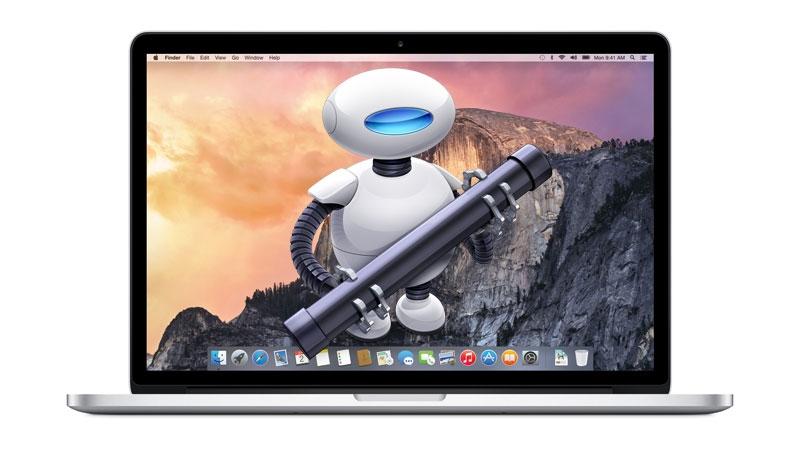When looking for a new mobile phone to buy, the battery is a criterion that consumers take into account. However, there is little or no point in purchasing a smartphone with a good energy capacity if, later, we do not take care of it. This has given rise to many myths that users strictly follow to extend the useful life of their devices, but… how many of them are false? Is there some truth in some cases? Are they useful or counterproductive?
Some beliefs about cell phone battery care have to do with the fact that, before, they were generally made of nickel-cadmium. For example, there is the false idea that it is advisable to charge the phone for several hours before turning it on for the first time to calibrate the battery. This was useful when they were made of said material; Now, most are lithium and come calibrated at the factory, so it’s not necessary.
Is charging your phone at 100% harmful?
One of the most famous tricks to avoid damaging the battery is to never fully charge the phone. According to experts, the ideal percentage of smartphone energy should be between 20 and 80 whenever possible.
The advice from professionals is because batteries are damaged faster if they are often charged to 100%. This does not mean that users should always ensure that their device is between 20-80% charged, but it does mean that they should try not to subject it to total charges or discharges.
It should be noted that current cell phones do not overheat or anything similar if we leave them charging when they are already at 100%. This is because brands implement a charging system that detects when the battery is full and stops receiving extra energy.

Do not use a third-party charger
There is a false belief that phones should be charged exclusively with original chargers. Despite this, you just have to be careful with the voltage and amperage.
It is not recommended to charge a mobile phone with a voltage different from that specified in the user manual. A charger with the same or no higher voltage could be used, but if it is higher, it may damage the device or its battery by overheating.
With the amperage, there is not so much of a problem. However, if we charge the smartphone with a charger with fewer amperes, it will take longer to charge; and if we charge it with a charger with more, the charging is faster (something that not all devices are prepared for).

Fast charging is bad for the battery
This is a myth. While fast charging usually generates more heat and that damages the batteries, the charging speed is not the problem. There are more and more advances with chargers of this type to prevent higher than normal temperatures from being reached, so we do not always have to worry.
Although research is being done to achieve fast charges that do not damage the batteries, today it is possible that there are charging systems that do waste them. Therefore, despite it being a myth that it is a problem, charging our phone with fast charging chargers can end up taking its toll.
Extreme temperatures are not good
We have already seen that heat is not good, but… what about cold? The truth is that extreme temperatures, whether high or low, are harmful to smartphones and can cause batteries to suffer.
Ideally, phones should always be between approximately 16-22 degrees. However, it is normal that we do not always achieve these temperatures, since in summer it is very hot and in winter it can be very cold.
Closing apps in the background is good
Most current phones lock applications when they are not being used and are open in the background, so closing them is not positive for the battery.
There are some platforms that collect data where it could be interesting to close them, but they are very specific cases. In most cases, removing them would be counterproductive, since the simple act of doing so and then opening them again requires more effort for the smartphone and uses up battery.














